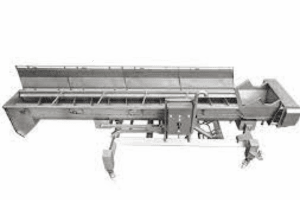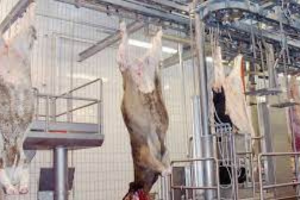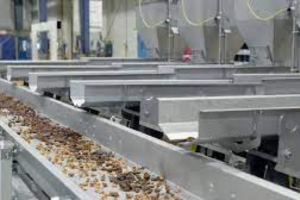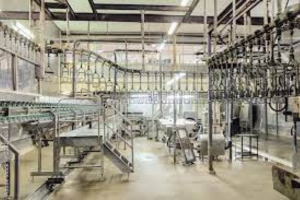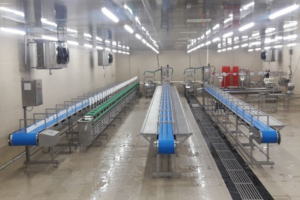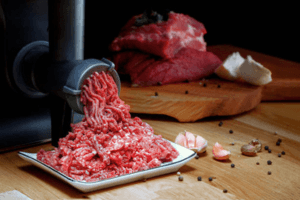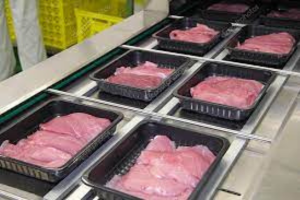In the domain of meat processing, where cleanliness, accuracy, and speed are central, conveyors assume a crucial part in smoothing out material dealing with tasks. These particular frameworks are intended to effectively move meat items through different phases of processing, from the ranch to the table. With their capacity to mechanize the development of meat, conveyors upgrade efficiency, guarantee food handling, and improve the general meat processing work process. In this complete page content, we dive into the meaning of conveyors in the meat processing industry, investigating their sorts, applications, key parts, benefits, and the difficulties looked without their significant help.

